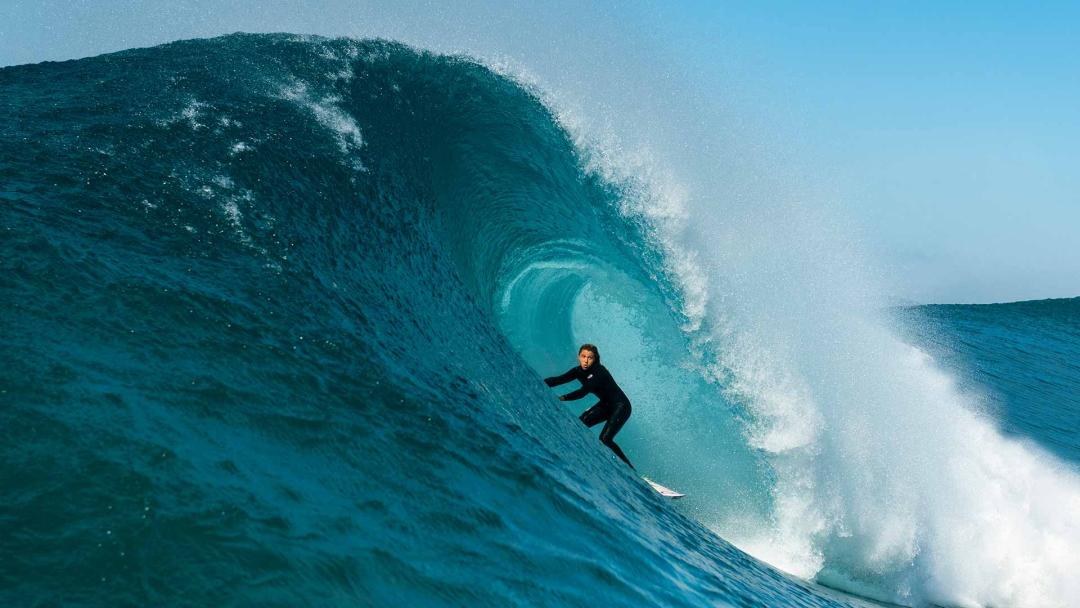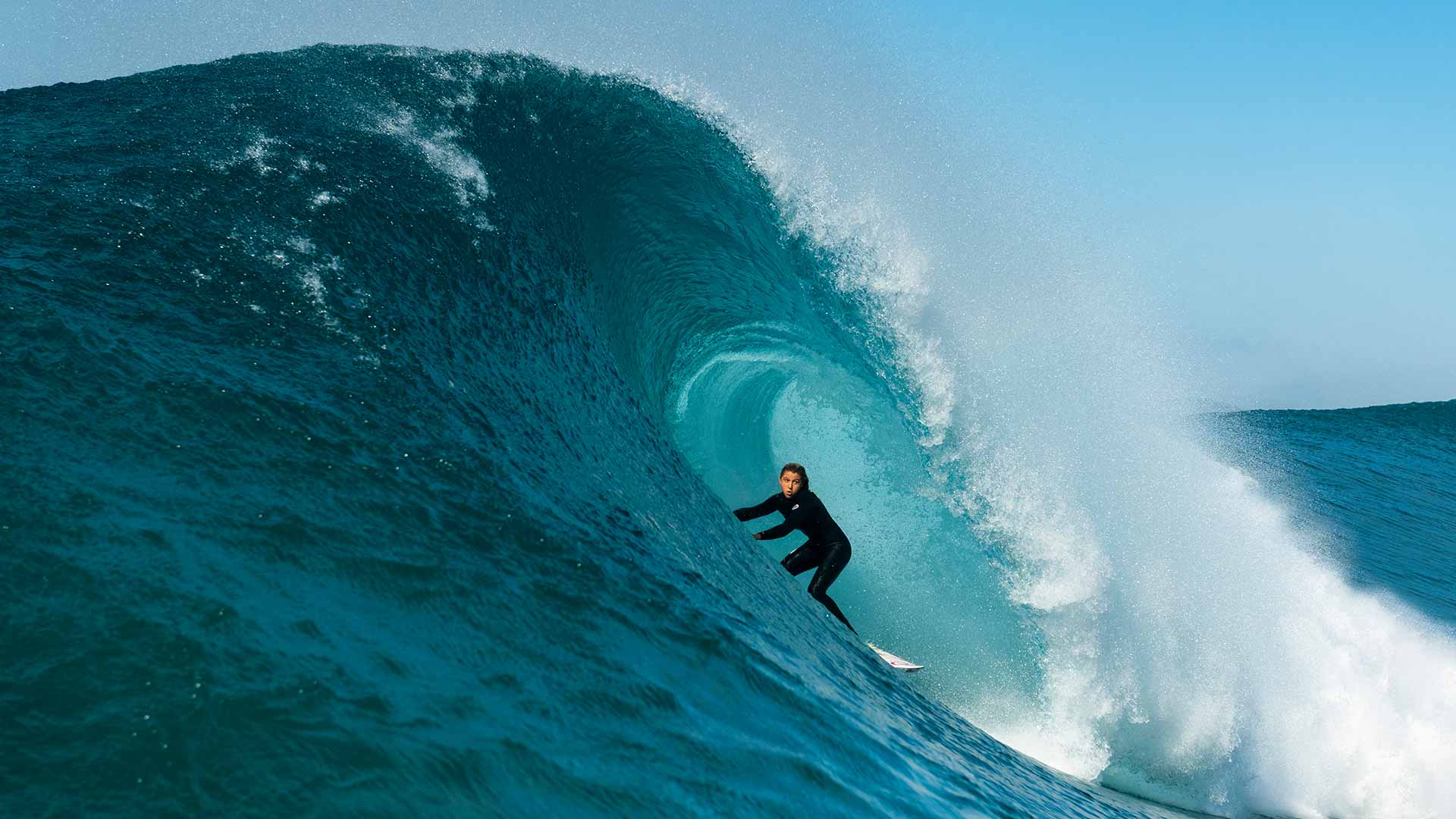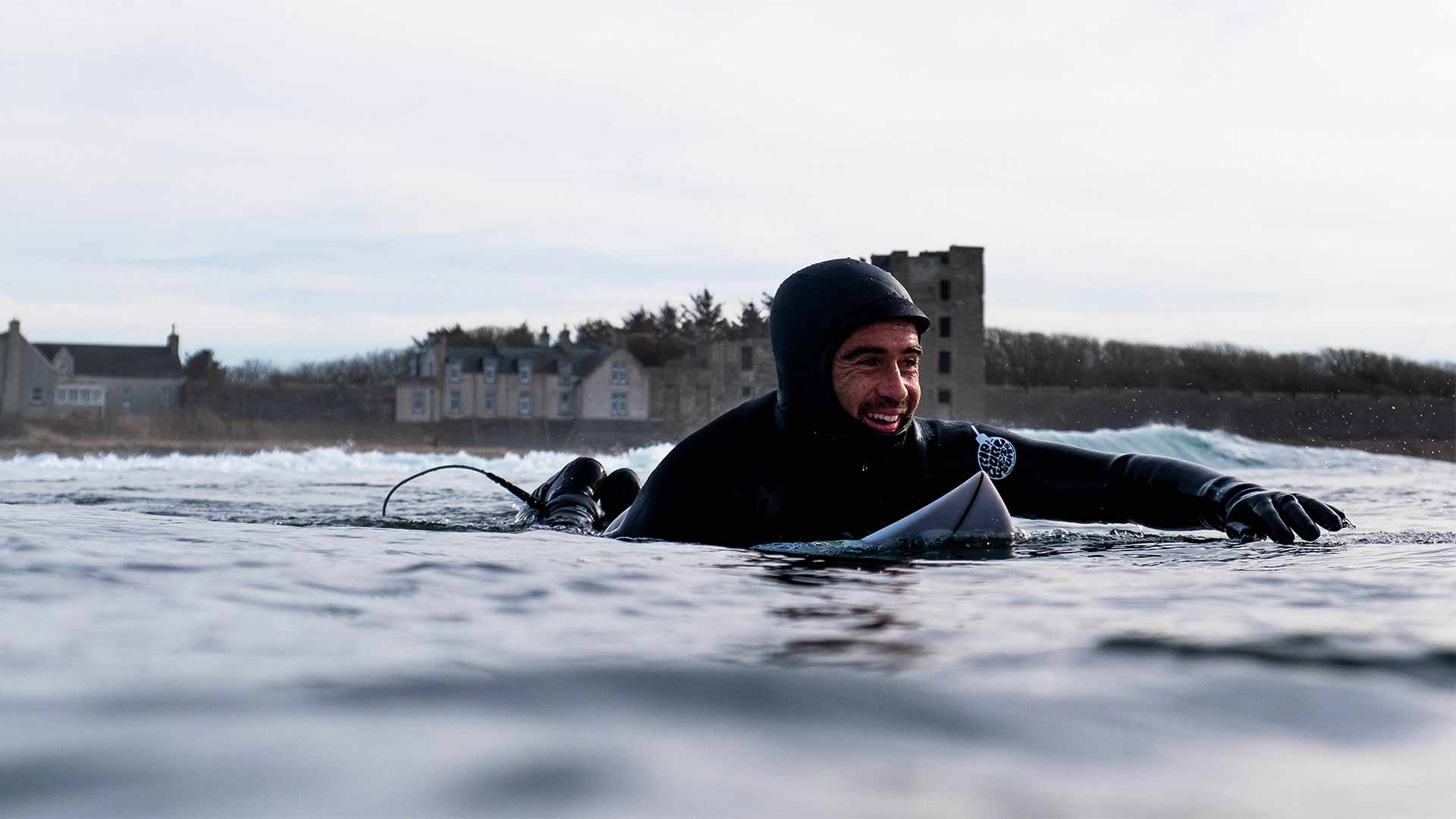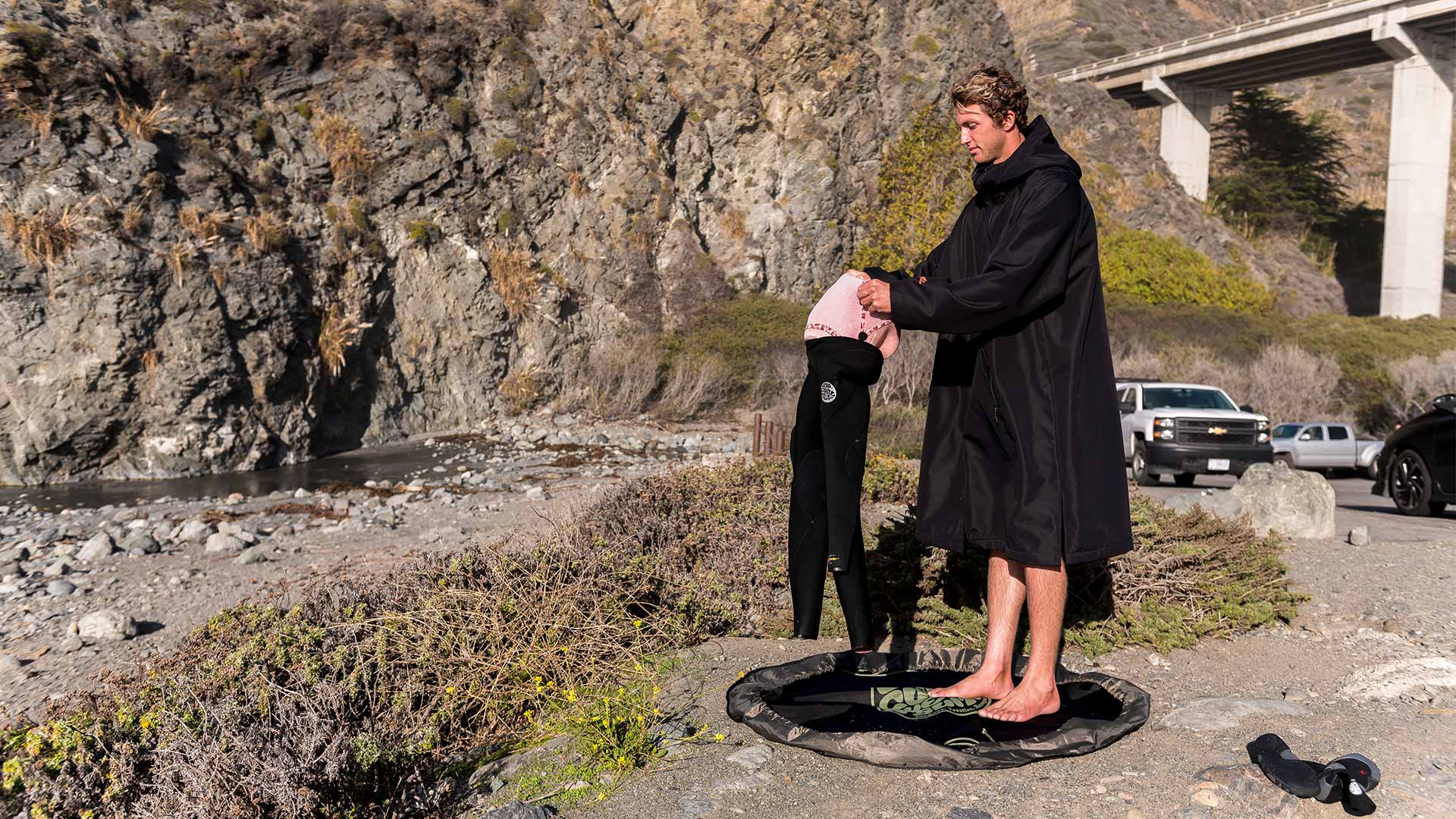

The Ultimate Wetsuit Thickness Guide for Surfing


Having the right wetsuit can make or break a surf session. Use our Rip Curl Wetsuit Thickness Guide to know what wetsuit to wear, and when!
Wetsuits are a surfer's best friend. They allow us to maintain the optimum body temperature, all year long, so when the swell arrives you can enjoy it without a second thought. Choosing the right wetsuit thickness means the difference between a great surf and a miserable one. Too thin, you’ll be cold, uncomfortable and won’t perform at your peak. Too thick, you have unnecessary resistance and can overheat on long waves or paddles. That's why Rip Curl offers a wide range of wetsuits to choose from, no matter the temperature.
From thick to thin, springsuit to steamer, read on for a surfing wetsuit thickness and temperature guide that will help you find your ideal wetsuit for your next session or surf trip!


Wetsuit Thickness Guide for Surfing
How does wetsuit thickness work? Neoprene is the main material used for wetsuits and is made of small closed cells filled with air that help provide insulation against cold water by trapping in body heat. The thicker the suit's neoprene, the warmer the suit will be. Wetsuits designed for surfing tend to be thinner than those needed for activities such as scuba diving due to the range of motion required.
In most cases, you'll find two numbers to determine wetsuit thickness, with some warmer models featuring three numbers. For instance: '3/2' or '5/4/3'. The first number represents the millimeter thickness of the neoprene in the main body and legs of a Rip Curl wetsuit, while the second number indicates the thickness of the neoprene arms. If a third number is present, then the second represents the legs, and the third indicates the arms. Arms are made thinner to provide range of motion, while the body is thicker to retain vital core heat. Some of our competitors go thinner through the legs to save costs.
In the wetsuit thickness guide below, you can find the recommended wetsuit thickness and wetsuit type based on the water temperature you’ll be surfing.
| Water Temp (Celsius) | Thickness | Wetsuit Type |
|---|---|---|
| 12 - 14 | 5/4 - 4/3 | Steamer + Accessories |
| 15 - 16 | 4/3 - 3/2 | Steamer |
| 17 - 20 | 3/2 - 2/2 | Steamer |
| 21 - 23 | 2/2 - 0.5 | Springsuit |
| > 23 | 0.5 - | Wetsuit Top or Rash Vest |
Water Temperature
Wetsuit thickness is directly related to water temperature, so it's key to understand the waters you’ll be surfing in. Research the area of your next session and see what the water temperature will be. Remember, just because it’s warm outside doesn’t mean the water will be warm too. Also - be sure to explore different thickness and style variations - for example a full length 3/2 steamer vs. a 2/2 long sleeve short leg - the subtle tweaks can make all the difference.
Weather
Air temperature may vary greatly from water temperature. If the weather is warm, you likely don’t need as thick of a wetsuit as you would if both the air and water were cold. You’ll also want to account for wind, as that can have an impact on how the air temperature feels. Otherwise known as evaporative cooling, this is when the moving air hits wet surfaces (like your skin) and drastically reduces the temperature. A constitutional dawn surf will have you starting your session in cooler temps, but the heat can creep up once the sun also comes out to play; having adaptable gear is key to enjoying the waves round the clock. If temperatures vary quickly, accessories are your friends. You can add or remove hoods, booties and gloves to suit the conditions.
Cold Sensitivity
The last external factor to consider when it comes to wetsuit thickness is yourself. How is your own sensitivity to cold? The wetsuit thickness guide above is based on suggestions for different water temperatures, but that doesn’t mean it’s the ideal temperature for you. If you naturally feel colder, it might be beneficial to add a few millimeters to your wetsuit thickness or add accessories to keep you comfortable during your session. And of course, the opposite applies too if you typically run hot - a thinner wetsuit thickness might be in order.
Wetsuit Thickness Factors
Flexibility & Materials
Wetsuit thickness determines a few things, including how warm you will be in the water, how flexible the material is and how protected from the cold you'll be. Thicker wetsuits will keep you warm in colder waters and provide protection from abrasion, but the added heft can result in decreased dexterity and fatigue during longer surf sessions. Of course, sacrificing some dexterity and energy is well worth the protection from the elements so you can have a warm session.
Materials also come into play when determining wetsuit thickness. For example, a 3/2 Flashbomb HeatSeeker E7 features the warmest wetsuit technology we've ever created - meaning you may be able to get away with a thinner 3/2 where you'd sometimes require a thicker 4/3. Keep in mind your ideal wetsuit technology and what features you'd like to have in your suit.
Accessories
Really cold water may call for more rubber. That’s where our wetsuit accessories come in. In waters around 15°C or colder, wetsuit accessories such as gloves, booties, and hoods can help you stay warm. Wetsuit gloves and booties come in a number of styles depending on your goal. Five-finger gloves and split-toe booties provide dexterity while wetsuit mittens and round-toe booties help retain warmth. If you plan on surfing in cold water often, look for a hooded wetsuit that already has an accessory built-in. Hoods are great for fending off ice-cream headaches or brain freeze. It’s surfers’ ear (also known as swimmers’ ear, a condition where bony growths called exostoses can develop in the ear canal and eventually cause a partial or complete blockage of the ear canal. The condition is primarily caused by prolonged exposure to cold water or wind).
Wetsuit Quality
When it comes to wetsuits, you want to aim for quality over quantity. Look at buying your wetsuit as if it’s a long-term investment. Premium suits like Rip Curl’s Flashbomb and E-Bomb wetsuits often come at a higher price because they feature top-of-the line technology, materials, and craftsmanship that will ensure you stay perfectly comfortable in any water temperature. Quality is especially important the colder you go, as you want as much protection from the harsh coldness as possible and top craftsmanship will ensure your wetsuit is sealed properly.
Looking for epic quality at great value? Explore the Dawn Patrol and Omega Wetsuit Series - two wetsuit ranges perfect for first-time surfers looking to get their feet wet without the larger commitment.
Proper Fit
Having a proper fitting wetsuit is one of the most important factors for proper temperature insulation. If a suit is too big, there are more chances for cold water to flush through the suit and prevent you from staying warm. You want your wetsuit to fit tightly so it only allows a thin layer of water between your body and your suit, but not so tight that you can’t move or develop a rash from the rubbing. Neck rashes are common, and luckily there’s rash guards for that.


It’s important to study a wetsuit size guide to find the right fit, especially if you are buying online. You want to ensure there is no excess room in the torso, ankles, shoulders, or knees once you have your wetsuit on. Do moves like stretching your arms above your head and squatting to see how the wetsuit feels with movement - there should be no pressure from it being too small or no loose spots where it is too big. The good news? Rip Curl makes the most comfortable wetsuits on the market, so finding your perfect fit shouldn't be a problem.
If you are still unsure which size or thickness to get, head to one of the Rip Curl locations to try on different sizes and styles along with the assistance from our wetsuit experts to help you find your best fit. One thing is for sure you’ve gotta treat your wetsuit right! Check out How to Get the Most Out of Your Wetsuit for guidance on caring for your wetsuit and other insider tips and tricks.


